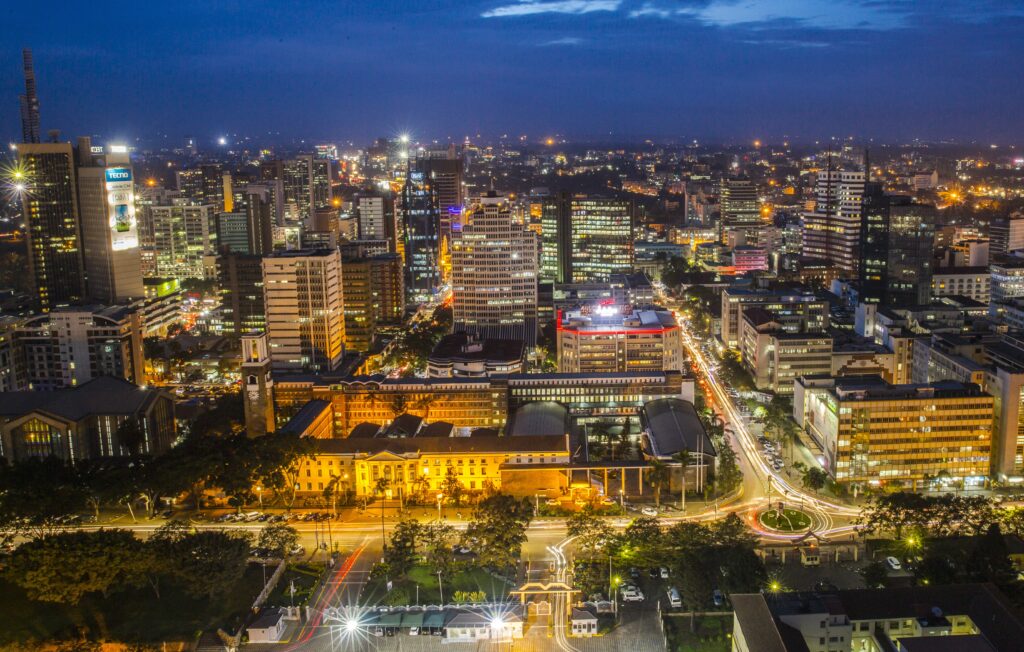Under the 2015 Paris Agreement, countries communicate their nationally determined contributions (NDCs), which define targets, measures, and policies to reduce greenhouse gas emissions and adapt to the adverse effects of climate change. To help its developing member countries (DMCs) achieve their climate commitments, the Asian Development Bank (ADB) has elevated its ambition to deliver climate financing to its DMCs to $100 billion from 2019 to 2030. Under Strategy 2030, ADB has committed to align 75% of its operations with climate change goals.
ADB is working to solidify its role as Asia and the Pacific’s climate bank. It has established a dedicated NDC support platform—NDC Advance—through which it provides DMCs with technical assistance to help refine and enhance their NDC commitments, translate these NDCs into climate investment plans, and identify priority climate projects. NDC Advance also helps improve DMC access to external public and private climate financing, particularly supporting the use of innovative finance mechanisms; and develops methods and tools to measure, monitor, and report on progress made on the NDCs.
Under NDC Advance, the ADB project team conducted high-level urban climate assessments at the national level and for selected cities in Armenia, Georgia, and Uzbekistan. The results of these assessments were developed into climate risk profiles that aim to provide urban focal agencies, ADB project teams, and other development practitioners with a reference guide for incorporating climate resilience in urban planning and management, as well as support government investment decisions and policy making. The risk profiles are presented in this publication as country chapters with three main sections: (i) climate trends and risk diagnostics (national and city levels), (ii) options for mainstreaming climate resilience in urban planning, and (iii) infrastructure design considerations. The country chapters are followed by a guidance note on the limitations of the risk profiles and how they should be interpreted. Annexes describing the methodological approaches used are available on request.
ADB’s holistic resilience framework can be used as a foundational principle and approach for mainstreaming climate resilience in urban planning and development. In this framework, system resilience is identified as a product of ecosystem, infrastructure, financial, and social and institutional resilience. The risk profiles spotlighted in this publication draw on this holistic framework by emphasizing the integration of nature-based solutions, operation and maintenance (O&M) considerations, and capacity building and other institutional enhancement measures.
The risk profiles have contributed to the design and climate assessment of three ADB urban and water projects: two in Georgia, and one in Uzbekistan. These projects are supporting nine of the 15 profiled localities, including Tbilisi, Batumi, Kutaisi, Mestia-Lentekhi, Northern Kakheti, and Zugdidi in Georgia; and Djizzak, Khiva, and Yangiyer in Uzbekistan. Another profiled locality, Armenia’s capital city of Yerevan, is also being supported by the ongoing ADB-funded Sustainable Urban Development Investment Program. More information on the urban trends in Armenia, Georgia, and Uzbekistan is available in ADB’s national urban assessment for each of the countries in focus.
Source: Reliefweb


